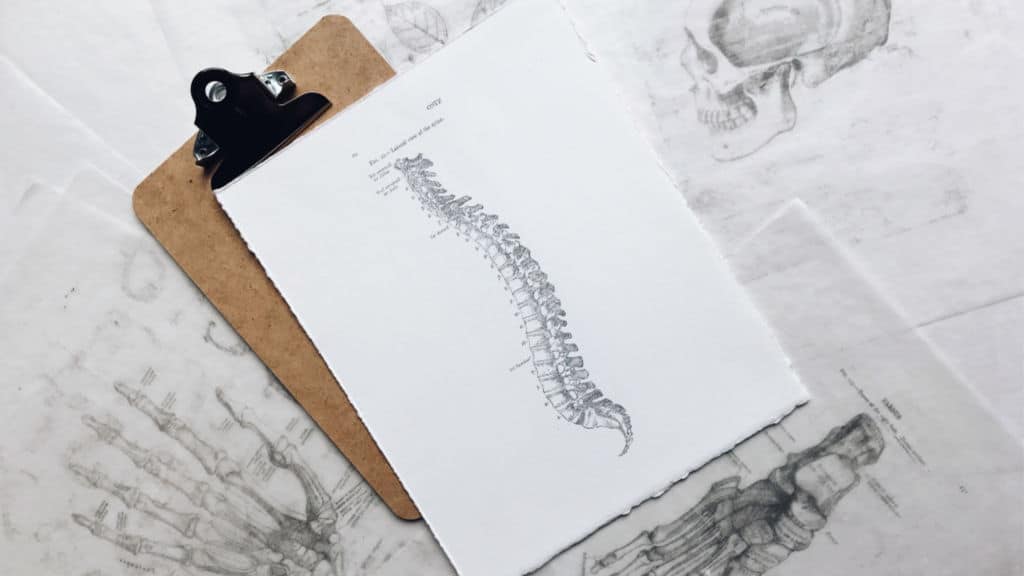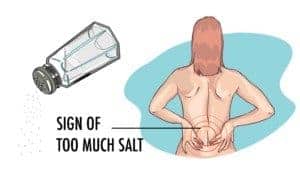For those who are unfamiliar with osteopenia, it is a condition that causes a decline in bone mineral density. And if left untreated, low bone mineral density can eventually lead to osteoporosis, which is a condition that makes bones more susceptible to fractures.
December of 2019 statistics show that over 34 million Americans struggle with osteopenia, and a significant number of these individuals do not realize that they have developed the condition. Although osteopenia is usually part of getting older, it doesn’t necessarily have to be that way. The best way to go about lowering your chances of developing this bone-robbing disease is by familiarizing yourself with the symptoms and taking steps to safeguard your bone health.
WHO IS MOST AT RISK FOR DEVELOPING OSTEOPENIA?
When it comes to osteopenia, also known as low bone density, the condition can affect both men and women alike. However, statistically speaking, the disease is far more common among women. And this is for several reasons. Firstly, from a purely physiological standpoint, women naturally have less bone mass than men. They also can’t absorb as much calcium as men either. These two factors alone can significantly increase their chances of developing low bone density as they get older. Beyond that, women who have entered menopause, among many other symptoms, also must contend with lower estrogen. Additional factors that can increase the likelihood of developing low bone density in both men and women include
1 – Age factors
According to an article published in Johns Hopkins Medicine, the publishing arm of Johns Hopkins University, the rate of bone resorption naturally starts to outpace bone formation by the time an individual reaches the age of 50. And this is especially true for women who are either transitioning into or who have already settled into menopause.
2 – Eating disorders
While they may not be as common among older adults, many individuals are struggling with an eating disorder that can significantly increase their chances of developing low bone density. Some of these disorders include anorexia and bulimia, both of which can deprive the body of the nutrients needed to support healthy bones. According to a study published by the National Institutes of Health, more than 69 percent of older Americans between the ages of 50 and 94 have an eating disorder of some kind.
3 – Underlying health problems
Along with age, low bone density can also be brought on by underlying health problems, such as rheumatoid arthritis, lupus, and celiac disease. That said, effectively treating and managing these chronic health problems can improve bone health.
4 – Medication
Much like other underlying health problems, low bone density can also be brought on by specific medications. That’s especially relevant when you take prescriptions over a long period. Some of these medications include anti-seizure, cancer, and steroid drugs. Of course, this doesn’t mean that you should stop taking these medications if you need them; however, it might be worth speaking with your physician about possible alternatives, especially if you are already at high risk of developing low bone density.
WHAT HAPPENS TO YOUR BODY IF YOU DEVELOP OSTEOPENIA?
To better understand how low bone density impacts the body, it helps to know a little more about bone tissue first. As we go through life, our bones are constantly changing. When new bones grow, old bones are broken down and absorbed by the body. And this ongoing chain of events is what contributes to strong, healthy bones. However, as we get older, this process slows down considerably. Once an individual turns 50, the body starts to break down old bones faster but creates new ones slower. When this happens, bone mass starts to decline.
Also, the chances of suffering a broken bone or fracture become more likely. Sadly, most people don’t realize that they have low bone density until they have experienced a broken bone or fracture. After all, there are few tell-tale signs to alert individuals of these changes when it comes to their bone health.
DIAGNOSING LOW BONE DENSITY
An excellent way to lower your chances of developing low bone density as you get older is by scheduling regular bone density screenings with a physician. These screenings can provide invaluable insights relative to the strength of your bones. Most physicians will use a dual-energy x-ray absorptiometry (DEXA) test to measure the density and overall health of a patient’s bones.
These tests, which consist of low-radiation x-rays, allow physicians to accurately assess the bone mineral density levels in a patient’s spine, hips, wrists, fingers, shins, and heels. The results of these tests are calculated based on a “T-score” and will be used to signify one of the following:
- Healthy bone density – +1.0 to –1.0
- Low bone density – -1.0 to 2.5
- Osteoporosis – 2.5 and higher
It is important to note that the results of a DEXA test may also be used in conjunction with a FRAX score. The combined feedback determines how likely an individual is to suffer a fracture or broken bone within ten years.
NATURAL REMEDIES AND PREVENTION FOR LOW BONE DENSITY AS YOU GET OLDER
Getting older doesn’t necessarily have to include low bone density; there are things that you can do starting today that will keep your bones healthy as you get older, some of which include
1 – Consuming a healthy diet
A great way to fend off low bone density as you age is by getting more vitamin D and calcium. Both of these can strengthen bones. Some of the foods that are rich in calcium include spinach, broccoli, salmon, and dairy products. As far as vitamin D, the body naturally absorbs this valuable nutrient whenever you expose your bare skin to sunlight. Vitamin D is also available in eggs and most oil fish.
2 – Exercise regularly
Regular exercise, especially strength training, can go a long way toward keeping your bones strong and healthy. Studies show that a sedentary lifestyle coupled with poor nutrition can result in individuals over the age of 40 losing as much as 1 percent of their bone mass every year. Exercising regularly not only prevents this from happening but also help trigger new bone growth.
3 – Smoking
If you’re a smoker, you now have another reason to quit. According to an article published by Medical News Today, a leading online resource for medical news, smoking makes it difficult for bones to absorb calcium even if an individual is consuming plenty of vitamin D and calcium-rich foods.
4 – Cutting back on soda
Along with being bad for your teeth, drinking too much soda can also impact bone health. Studies show that the phosphate, the chemical derivative of phosphoric acid, found in most sodas can decrease calcium in bones and also lower bone mineral density. That said, cutting back or even eliminating these beverages from your diet will ensure your bones remain healthy as you get older.
5 – Consuming less sodium
Reducing your sodium intake is yet another way to keep your bones healthy as you age. Along with contributing to hypertension, excessive sodium can lead to a reduction in calcium and bone mineral density. According to the American Heart Association, for good overall health, adults should limit their sodium intake to between 1,500 mg and 2,300 mg per day.
FINAL THOUGHTS ON OSTEOPENIA PREVENTION
In summary, if you’re at risk for osteopenia, follow the tips outlined in this article. That’s important because you can help improve your bone health. Therefore, you will also prevent the condition from developing and giving way to osteoporosis. Your efforts will pay off in terms of healthier bones and maintaining an active lifestyle for longer. And prevention is always better than seeking a cure.






















